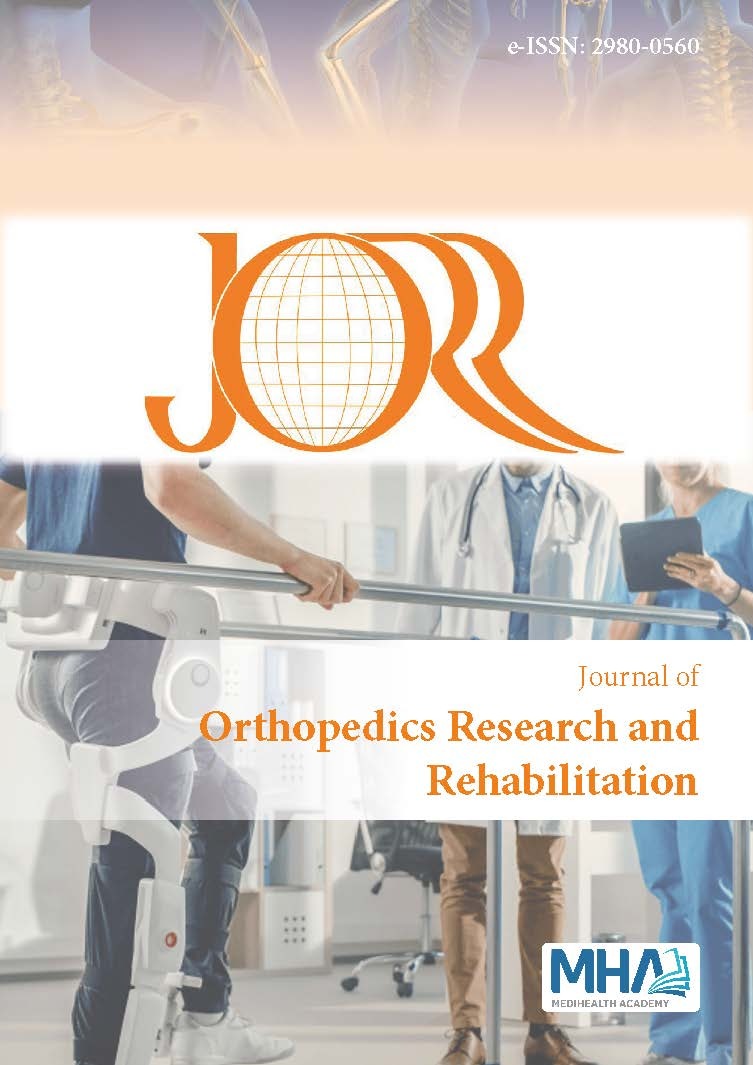1. Algahtany M, McFaull S, Chen L, et al. The changing etiology and epidemiology of traumatic spinal ınjury: a population-based study. <em>World Neurosurg</em>. 2021;149:e116-e127.
2. Barbiellini Amidei C, Salmaso L, Bellio S, Saia M. Epidemiology of traumatic spinal cord injury: a large population-based study. <em>Spinal Cord</em>. 2022;60(9):812-819.
3. Koçyiğit B, Akaltun M, Altındağ Ö, Aydeniz A, Gürsoy S, Ali G. Spinal kord yaralanmalı hastaların epidemiyolojik ve klinik verileri: merkezimizin beş yıllık deneyimi. <em>J Clin Exp Investigat</em>. 2015;6(2):140-143.
4. Global, regional, and national burden of spinal cord injury, 1990-2019: a systematic analysis for the Global Burden of Disease Study 2019. <em>Lancet Neurol</em>. 2023;22(11):1026-1047.
5. Hoseini Azizi T, Hejazi SS, Kameli A. Frequency of complications of falling from the walnut tree, as an occupational-seasonal injury. <em>J Inj Violence Res</em>. 2018;10(2):91-96.
6. Ersoy S, Sonmez BM, Yilmaz F, et al. Analysis and injury paterns of walnut tree falls in central anatolia of Turkiye. <em>World J Emerg Surg</em>. 2014;9:42.
7. Özkan S, Duman A, Durukan P, Avşaroğulları L, İpekçi A, Mutlu A. Features of injuries due to falls from walnut trees. <em>Turk J Emerg Med</em>. 2010;10(2):51-54.
8. Kirshblum S, Snider B, Rupp R, Read MS. Updates of the International Standards for neurologic classification of spinal cord ınjury: 2015 and 2019. <em>Phys Med Rehabil Clin N Am</em>. 2020;31(3):319-330.
9. Chen Y, Tang Y, Allen V, DeVivo MJ. Fall-induced spinal cord injury: external causes and implications for prevention. <em>J Spinal Cord Med</em>. 2016;39(1):24-31.
10. Nabi DG, Rashid TS, Kangoo KA, Ahmed DF. Fracture patterns resulting from falls from walnut trees in Kashmir. <em>Injury</em>. 2009;40(6): 591-594.
11. Chen Y, Tang Y, Vogel LC, Devivo MJ. Causes of spinal cord injury. <em>Top Spinal Cord Inj Rehabil</em>. 2013;19(1):1-8.
12. Javadi SA, Naderi F. Pattern of spine fractures after falling from walnut trees. <em>World Neurosurg</em>. 2013;80(5):e41-e43.
13. Güvenç İ, Kazankaya A. Türkiye’de ceviz üretimi, dış ticareti ve rekabet gücü. <em>Yuzuncu Yıl Uni J Agricult Sci</em>. 2019;29(3):418-424.
14. Rohani M, Samih M. The efficiency of pheromone traps in attracting and capturing Zeuzera pyrina L. (Lepidoptera: Cossidae) in walnut orchards. 2012.
15. Tabish SA, Jan RAFA, Rasool T, Geelani I, Farooq BM. Fall from walnut tree: an occupational hazard. <em>Injury Extra</em>. 2004;35(9):65-67.
16. Yalçın M, Acıcan T, Alibaş K, Ertürk Ü, Soylu A, Yaşar A. Ceviz (J. Regia L.) meyvesinin hasadında kullanılan farklı yöntemlerin karşılaştırılması. <em>Bahçe</em>. 2012;41(2):13-21.
17. Azizi TH, Hejazi SS, Kameli A. Frequency of complications of falling from the walnut tree, as an occupational-seasonal injury. <em>J Injury Violence Res</em>. 2018;10(2):91-96.
18. Baba AN, Paljor SD, Mir NA, et al. Walnut tree falls as a cause of musculoskeletal injury-a study from a tertiary care center in Kashmir. <em>Ulus Travma Acil Cerrahi Derg</em>. 2010;16(5):464-468.
19. Taçyıldız AE, Çekmen B, Uzun A, et al. A retrospective analysis of spinal and cranial injury patterns caused by a fall from a tree in the Karabük province. <em>Interdiscip Neurosurg</em>. 2022;30:101628.

